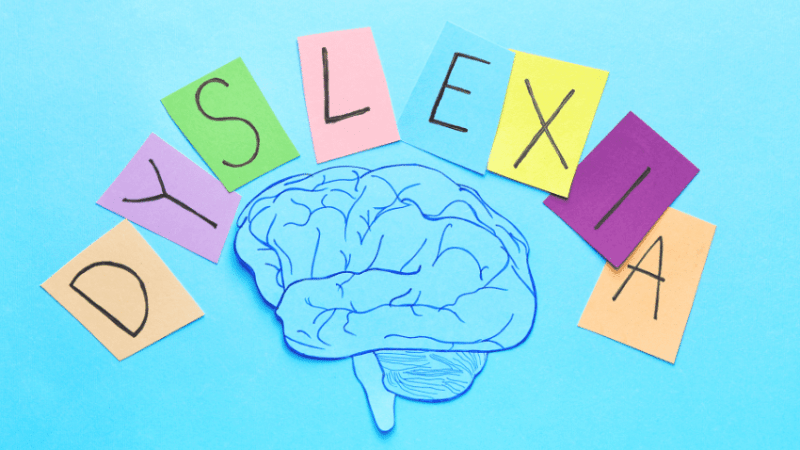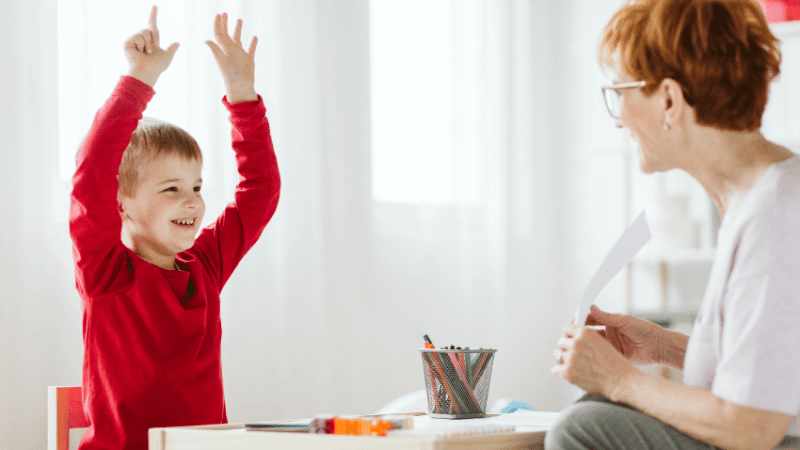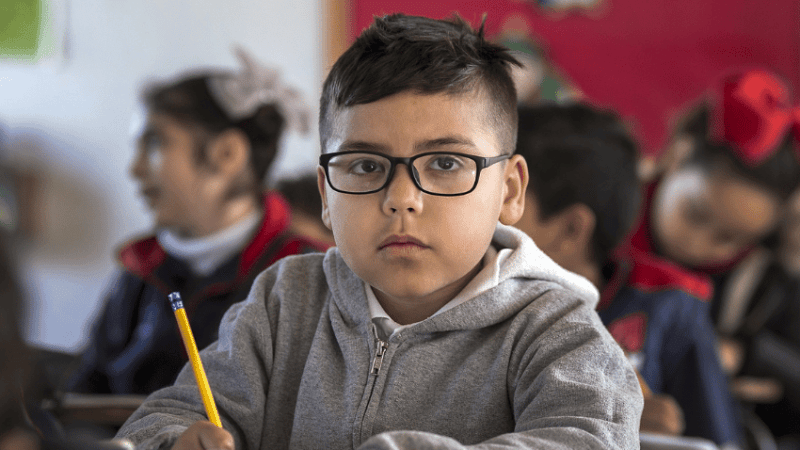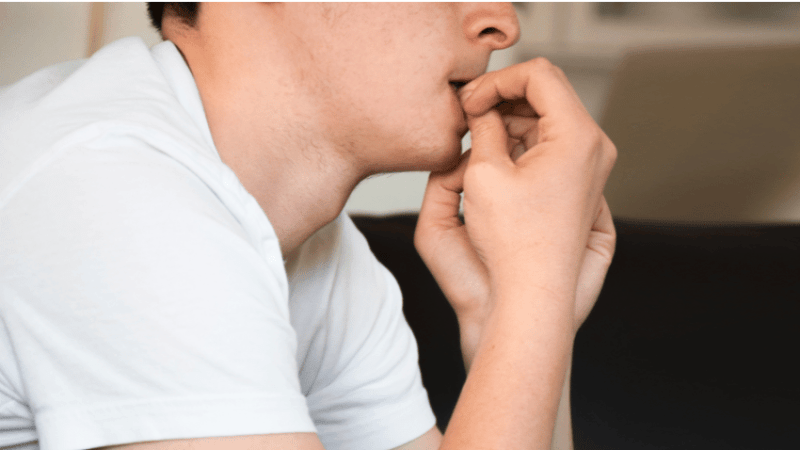The benefits of inclusive school trips

Multisensory learning outside the classroom can do much to enhance children’s engagement, says Neil Mears – particularly when they have additional needs…

- by Neil Mears
Awe. It’s a very little word for a very big emotion. When you see it ripple across children’s faces as they lie on the cool floor of a Tudor hall, gazing up at the impressive works of art all around them and soaking up the hushed atmosphere, it’s a sight to behold.
Being on location and surrounded by history is a transformative learning experience for anyone, but for students working towards or at Entry Level 1, it takes on a special resonance. Interactive approaches to learning will expose children to sights, smells and events they may not have encountered before. It offers chances to bring learning to life, experience new places and people, and grasp new opportunities for engaging in the world.
The multisensory approach
One of the best things about taking a multisensory approach to teaching and learning is that it allows us to cater for our students’ different processing styles. Some students like to listen or watch demonstrations, whilst others have trouble with visual or auditory processing and benefit from kinaesthetic learning and using physical movement to aid their memory.
Traditional learning inside the four walls of a classroom tends to focus more heavily on the former two, whereas a trip to a new location allows for multiple types of learning to take place. The more frequently different senses are stimulated, the more information children are able to retain. After all, it’s one thing to learn about historical figures from books, but another entirely to know that you’re standing right where King George II stood 300 years ago.
In the same vein, it’s interesting to see the kind of clothes people wore in the time of Henry VIII from books, but being able to actually dress up, feel the fabric and see what you look like in them draws children into a whole new world. We’ve watched children’s confidence grow exponentially as they collaborate and role-play with friends, while managing the physical operation of putting on new and strange clothes.
Imagine having the chance to breathe in the same scent of seasonal kitchen garden herbs that would have been used 300 years ago. The smell response is extremely evocative and a great memory aid, but little used in traditional education. It brings in another element of imagination and encourages even deeper engagement with learning.
Planning the day Taking a school trip to a new place always requires some planning, but this preparation will be particularly important for any students with SEND. There are many aspects of the day to consider, from access to public spaces to being out in the community.
We take the view that every stage is an opportunity for teaching and learning to occur, starting with important life skills such as dealing with public transport and handling money. All logistics are carefully considered and we’ll use the occasion to develop important social skills and show students how to contend with unexpected situations.
A good place to start is to make sure each child knows what to expect from the day, from travel arrangements to the timing of events. We’ve found that taking smallish groups of around seven students is a manageable number, since some children can feel anxious and overwhelmed when everything is so different from an average school day.
Expert advice
It can also really help when learning specialists at the places you visit are trained to help the day go smoothly. Before a recent visit to Hampton Court Palace, for example, the team from Historic Royal Palaces sent a detailed Visual Story PowerPoint presentation for our group, as well as teacher support notes and images to help us prepare for the visit.
The slides introduced what the children might learn from an historic point of view, outlining the key people who lived at the palace and flagging up some important themes we could look at before we went, such as Georgian life.
More relevant for our group, however, was how the resources helped us prepare for things that were likely to happen. We were able to show pictures of the Warders (staff) who could help them during the day, and allow our students to anticipate how they might handle new events, such as being given coloured stickers when we first arrived.
We were also able to discuss how the children might feel when moving around the palace – for example, if they encountered areas that were dark, busy or noisy. The provision of a timetable for the day with Makaton signs and symbols, designed to support spoken language, allowed us to thoroughly talk through our plans ahead of the trip.
Getting creative
The team’s knowledge of the location, combined with an understanding of how to bring the surroundings to life for students with SEND, made for an enjoyable, safe and fulfilling learning experience. Their attention to detail meant that our visit was a resounding success.
But for children to really reap rewards from visits like this, they have to be more than simply fun days spent away from the classroom. The follow-up work students carry out back at school is a key part of their learning, For some students this might take the form of a piece of writing, but we also encourage the children to build sensory experiences into the project work they create.
For instance, some students enjoy taking their own photos when we’re visiting a location, before printing these off at school and using them as the basis for a discussion. Others like to express their learning through art, by painting objects, scenes or events from the day. One student was even moved to compose his own piece of music based on our visit.
We’ve found that the feedback from parents and students following these types of trip has been extremely positive. A huge amount of learning goes on, which starts by setting clear objectives before we go and extending these into the weeks afterwards, with focused lesson planning covering a mix of new work and consolidation at a pace that suits our students.
As a result of our multisensory approach, we’ve seen increased levels of classroom engagement and motivation. We also know we’re creating independent, resilient learners who are better prepared to rise to life’s challenges. This is what we consider to be the heart of a high quality and meaningful education.
Out and about
Tips for taking multisensory learning out of the classroom
- Choose opportunities that allow children to collect information via each of their five senses in ways that are out of the ordinary, such as lying on the floor of a public space.
- Plan the day carefully to include ways of practising essential life skills, such as how to handle money in a coffee shop or asking where the toilets are.
- Clearly communicate plans in advance with students, outlining timings, proposed activities and people they might encounter.
- Find places with an experienced team on hand that can help with the preparations and ensure the day runs smoothly.
- Look for creative ways of extending learning afterwards. Our students enjoyed taking photographs, making paintings and composing music inspired by our day at Hampton Court
Neil Mears is a KS4 teacher at St Philip’s School – a special educational needs school for young people aged 11-19; further details about Historic Royal Palaces’ learning resources can be found here.






